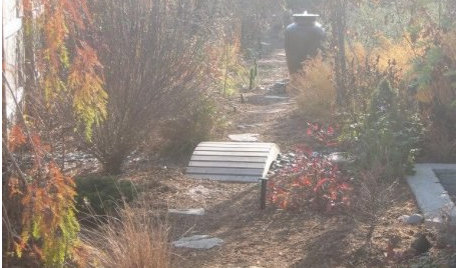Should I seed my compost heaps from my worm bin?
Jon Biddenback
8 years ago
Featured Answer
Sort by:Oldest
Comments (17)
armoured
8 years agoJon Biddenback
8 years agoRelated Professionals
Edmond Landscape Architects & Landscape Designers · Vernon Hills Landscape Architects & Landscape Designers · Allentown Landscape Contractors · Brookfield Landscape Contractors · Darien Landscape Contractors · Davidson Landscape Contractors · Estelle Landscape Contractors · Kearny Landscape Contractors · Panama City Beach Landscape Contractors · Plymouth Landscape Contractors · San Bruno Landscape Contractors · South Lake Tahoe Landscape Contractors · Suitland Landscape Contractors · Wentzville Landscape Contractors · Bonita Decks, Patios & Outdoor Enclosuresarmoured
8 years agokimmq
8 years agoJon Biddenback
8 years agolast modified: 8 years agoJon Biddenback
8 years agolast modified: 8 years agoJon Biddenback
8 years agoarmoured
8 years agokimmq
8 years agoJon Biddenback
8 years agokimmq
8 years agorayzone7
8 years agoJon Biddenback
8 years agokimmq
8 years agorayzone7
8 years agoryan8king_sc_lowcountry_z8
8 years ago
Related Stories

GARDENING GUIDESHouzz TV: Make a Worm Bin for Rich Soil and Happy Plants
A worm-powered compost bin that can fit under a sink turns food scraps into a powerful amendment for your garden. Here’s how to make one
Full Story
GARDENING GUIDESGet on a Composting Kick (Hello, Free Fertilizer!)
Quit shelling out for pricey substitutes that aren’t even as good. Here’s how to give your soil the best while lightening your trash load
Full Story
INSPIRING GARDENSFrom Concrete Lot to Gracious Organic Garden in Seattle
Plants, pests and even weeds have a place in this landscape, which offers an edible bounty and a feast for the eyes
Full Story
HEALTHY HOME6 Tips From a Nearly Zero-Waste Home
Lower your trash output and increase your quality of life with these ideas from a mom who did it to the max
Full Story
GARDENING GUIDESHow to Plant a New Lawn From Sod
Take the quick-start route to turf with sod; these installation guidelines will help ensure a healthy and long-lasting lawn
Full Story
WINTER GARDENING6 Reasons I’m Not Looking Forward to Spring
Not kicking up your heels anticipating rushes of spring color and garden catalogs? You’re not alone
Full Story
GARDENING FOR BUTTERFLIESA Quick-Start Guide to Bird-Watching for Fun and Learning
Set out some seed and grab your field guide. Bird-watching is an easy, entertaining and educational activity for the whole family
Full Story
GARDENING GUIDESCentral Plains Gardener's November Checklist
Mulching, seeding, feeding — several small tasks to ensure a winter of activity, and a good spring start.
Full Story
LANDSCAPE DESIGNHow to Create a Cottage-Style Garden
If you like an abundance of plants — and visits from birds, bees and butterflies — this may be the style of yard for you
Full Story
MOST POPULAREasy Green: 23 Ways to Reduce Waste at Home
Pick from this plethora of earth-friendly ideas to send less to the landfill and keep more money in your pocket
Full Story





lazy_gardens